Touching the soft threads and following the intricate patterns with your fingertip, the combination of sumptuous colors drowns you into a sweet and glorious dream. The magnificence of Persian handmade rugs will be etched in your memory to remind you of the elegance and richness of Persian culture.
The Persian carpet exists in every Iranian’s childhood memory and shows how those sweet days, passed by among these splendor patterns and colors. The Persian carpet has protected every toddler like a sympathetic mother when they were wobbling around on the shining mahogany color and falling on the soft silky texture of it. It took the imaginative mind of children to a beautiful journey inside its patterns and old Persian lullabies to make them fall asleep.
Iranian children learned how to play with legos on its floral margins, to build roads, cars, houses, and dreams. Today Persian rug is intertwined with Iranians’ identity. No matter where they live or what they do, they will feel emptiness and coldness without having one.
Table of Contents
A Brief History about Persian Rugs
The history of Persian carpet goes back to more than 2500 years ago when Russian archeologists found the oldest rug in Siberia in 1949. They named this carpet Pazyryk based on the name of its excavation site. The fragile texture and the great antiquity of this carpet were noticeable, and the archeologist was able to link it back to Persia (Iran), based on the patterns in Persepolis. Today this carpet is exhibited at the Hermitage Museum in St. Petersburg.
During the Achaemenid Empire, Persian carpets were woven and used a lot. َArcheologists have found some evidence, which shows that Iranians used carpets not only for practicality but also as a decorative item. Even Cyrus the Great’s tomb in Pasargad was covered with the finest rugs.
In the Sasanian Empire, Iranians used to weave perfect carpets and export them to other countries. Baharestan carpet was an outstanding masterpiece with threads of gold and silver, which was made in the Sasanian Empire. There is a myth saying that during the Arabs conquest of Iran, it was torn apart by their army and they distributed it among themselves.
Later on, The Safavid Dynasty was a major point in the Persian carpet industry and took it to the next level. After the Arabs conquest of Iran, the artistic spirit of Iranians was appreciated once again by Shah Abbas. Iranians were inspired by the variety of cultures from other countries such as Turkey and Mongolia, and they made the most beautiful carpets in that period of time.
Why Are Persian Rugs so Famous?
The discovery of Pazyryk Carpet was a major breakthrough for Iranians to show the superb beauty of Persian rugs to the world. The delicacy and high quality of Persian carpet are the main reasons behind its popularity. Also, Iranians use natural materials to weave a rug, which adds to its value and quality.
The diversity of colors and patterns in Persian carpets attracts everyone with different tastes as well.
Persian Carpet and Symbolism
Mythology was always a significant part of classic Persian art; Iranian artists used to design some shapes that represent a specific mythological story. However, today these shapes became simplified and are used as symbols to show Persian mythology in art.
Like pictures of a photo album, each Persian rug comes with its own unique story. Persian carpet has different styles. However, paisley design is a common form among most of them. This pattern has the form of a cedar tree, which is the symbol of spirituality and eternal life.
The pattern of fish is also significant in Persian carpets and is the symbol of fertility and fortune. You can see the modern shape of fish, which is inspired by the classic form in Persian rugs as well.
Lotus flower is another popular symbol in Persian rugs which represents power, love, and fertility. In Persian mythology, there is a myth about the birth of Mitra, who is the divinity of light. Iranians believed that she was born and came out of the sea sitting on a lotus flower while two fish were protecting her. The picture of Mitra on a lotus flower with two fish next to her can be seen in different forms of Persian carpets.
Also, the pattern of the battle between Shahriar and Ahriman is used in Persian carpets as well. Shahriar is the symbol of goodness, and Ahriman is the symbol of wickedness. These two are constantly fighting to defeat each other for good. Although this shape has changed its form through time and became more simple, the concept of hope and overcoming darkness can be observed in Persian rugs.
What Are the Different Types of Persian Carpet
Each part of Iran weaves its own unique carpets based on their culture, natural materials that they have and their interests. َHowever, you can find different colors for a specific type of Persian rug in different cities of Iran.
Qashqai Rugs
Qashqai rugs that are inspired by nomads are one of the most famous rugs that are hallmarked because of their vivid colors and geometrical patterns. The distinctive feature of this rug is having hexagons in the center of the rugs surrounded by plants and animal patterns.
The primary material in Qashqai rugs is wool, and the weavers make them from memory.
Tabriz Rug
The symmetrical and delicate form of Tabriz rug blows your mind. Looking at the design, you can see a paradise under your feet. Thousands of knots create the gorgeous designs of Persian garden, arabesques, and hunting patterns, which makes Tabriz rugs precious and luxury.
Qom rug
Elegant design and moderated color of Qom rug can go perfectly with most of the interior home designs. By looking at the carpet you can feel the simplicity and a sense of glory at the same time. Qom is famous for making carpets using pure silk, which makes the rugs highly valuable and expensive.
Kashan Rug
The pattern of Toranj is also used in Kashan rugs. Ivory, blue, and deep red are used in these carpets a lot to form four medallion patterns called Lachak on each corner of the rug and a big floral form in the middle. The fascinating details in Kashan rugs can convince you to watch it for hours without getting tired of it.
Isfahan Rugs
The design of Isfahan rug is inspired by the pattern and shape of gorgeous domes in this city. The form of arabesque patterns guides your sight to the center of the carpet, where you get to see a fantastic floral form called Toranj. However, you can find rugs with no central Toranj and only medallion patterns in the corner of them. In Isfahan, people use cold colors like light blue, turquoise, and cream.
Kerman Rug
Kerman is a desert city located in the center of Iran, but the Kerman rugs are the true paradise. The pattern of Persian garden full of trees and animals like lions and gazelles looks vibrant. The vivid colors and delicate texture of Kerman rugs make them outstanding, as well.
How to Make a Persian Carpet?
Knowing the process of making a Persian carpet can show you why these carpets are so pretty and precious.
The first step of making a Persian rug is to prepare the threads. Threads can be made of silk, wool, or cotton; then, they need to be colored by natural materials. These materials can be different based on where people live. They can be animal-based, plant-based or metal-based as well. The list below shows you what material Iranians use to have a specific color:
Red: Madder
Blue: Woad
Yellow: straw
Orang: Safflower
Green: The leaves of the vine tree
Black: The green peels of walnut
Brown: The peels of pomegranates
In the next step, the weaver needs to have a loom. As the foundation of the loom, people use strong cotton threads to make warps and wefts, and then they start weaving based on a predesigned pattern.
There are two kinds of knotting in Iran. One is called Persian knotting in which you need to tie a knot around one string and then the other, however in Iranian-Turkey style; they knot around two wrap strings.
The weavers continue their job until finishing one line, which is called “Raj” in Farsi. Then they beat it down using a tool and shear the head of threads in that certain line and start knotting the second line until the end.
In this step, after weaving a carpet, people usually slick the surface of the carpet by snipping; and washing it to have a nice, fixed color.
The rug is ready to be sold; however, in the case of handmade Persian rugs, we have to say that “The Older, The Better.”
5 Tips for Buying a Persian Carpet
If you are going to buy a Persian rug, you are definitely concerned with the quality of it since you are going to pay a lot of money. Here, we have some tips to help you decide better.
Decide about the pattern and style
You have to know which type of Persian rugs you are going to buy. Although all of them are captivating, you have to consider which one fits your home and style. Look at the patterns and buy your carpet in the city that your rug had been weaved. For example, Qom, Tabriz and Isfahan rugs are more luxury while Qashqai carpet has a gorgeous hippie style.
Determine its use
Before buying a rug, you should know where you want to use it and for what purpose. You should not use a silk rug under your coffee table; they are meant to be hung on the wall. Wool rugs can be used in more practical ways, and they will be cleaned easier.
Set a Budget
You can find Persian rugs at different prices, so you should know how much money you are going to spend on a carpet. Silk rugs are more expensive, while wool and cotton rugs can be more affordable.
The Knot counts
The most important thing to consider when you are buying a rug is paying attention to the knot count. More knots in a carpets means that the rug is more expensive. You can look at the back of the carpet and count the knots. A good rug usually has 120 knots per one square inch.
Be Careful about the Moths
You need to be careful about moths as well. These small insects love wool and might be in your rug. Look at the back of the rug to see if the knots are healthy, and you can touch them to make sure they are fixed and firm.
How to Distinguish a Precious Handmade Rug from a Fake or Machine Made One?
The first significant thing about handmade rugs is their knots. The factors that make a rug valuable are the number of knots and their organized arrangement. You can see the knots by looking at the back of the rug. Also, you should touch the surface of the rug to make sure it is slick and smooth. Any ups and downs on the rug can make it less valuable.
Another distinctive feature is the weight of the rug. Handmade rugs are usually heavier than fake ones.
Also, the material used in the carpet can show you if a rug is handmade or not. Good handmade rugs are made of natural threads, while the machine-made ones are made of plastic.
How to Take Care of a Persian Carpet
You need to know some tips for taking care of your carpet to extend its life.
Do not put heavy furniture on Rugs
Putting heavy furniture on rugs can damage them after a while. If you have to do that, you need to purchase rubber pads and put them under your sofas, chairs, or tables’ legs.
Do not Put Flower Pots on Your Carpet
Although flowers are one of the significant parts of the decoration, while watering your pots, the water that comes out of it can decay and destroy your carpet for good, so keep all the flower pots away from it.
Do not Constantly Wash Your Carpet
Washing your carpet many times cannot be good. You should wash rugs once a year, at most. The carpet needs to be fully dried before using it again, and you can use a powerful vacuum cleaner on it to make sure all the water is gone.
Protect Your Carpet from Sunlight
You should not put your rug under the direct sunlight because the color will be desaturated after a while. It is useful to cover your carpet with a blanket to avoid sunlight.
Works Cited:
- HALL, J. (2019). ILLUSTRATED DICTIONARY OF SYMBOLS IN EASTERN AND WESTERN ART. [S.l.]: ROUTLEDGE.
- https://ziloome.com/category/articles/design/https://ziloome.com/category/articles/design/ [Accessed 10 Dec. 2019].





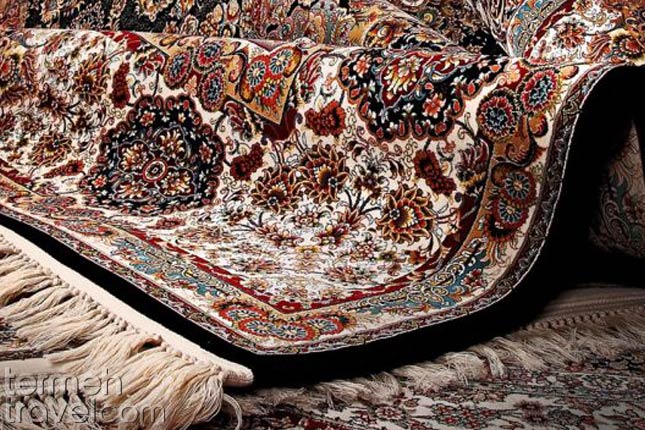
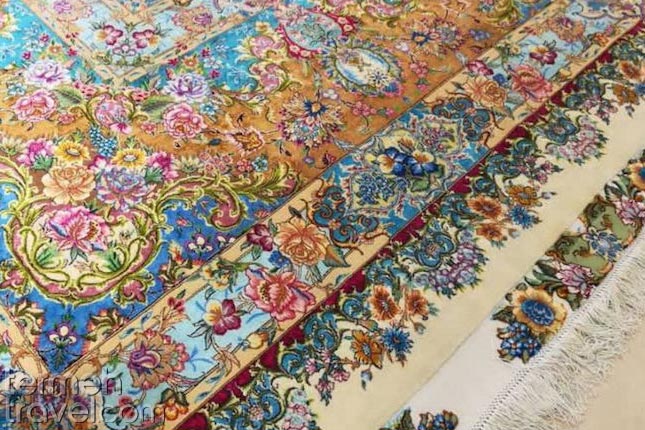
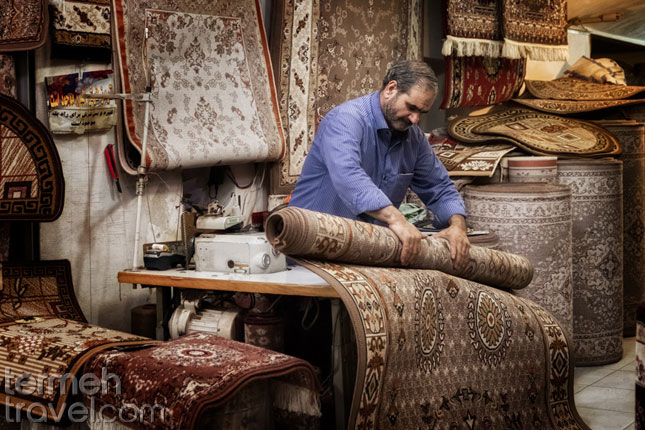
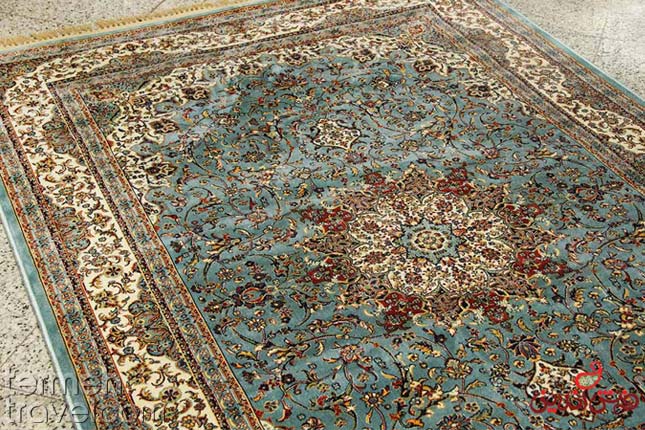
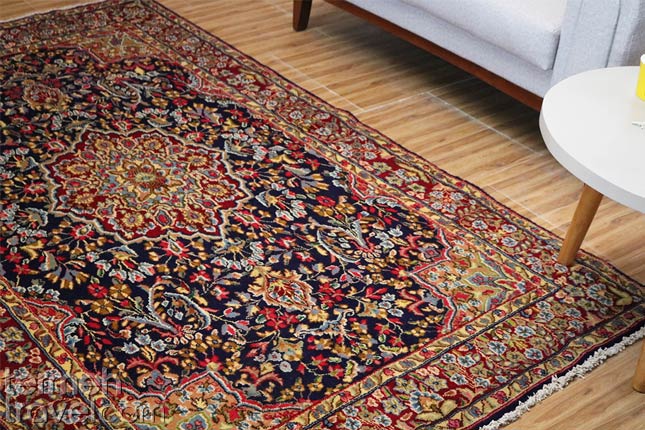





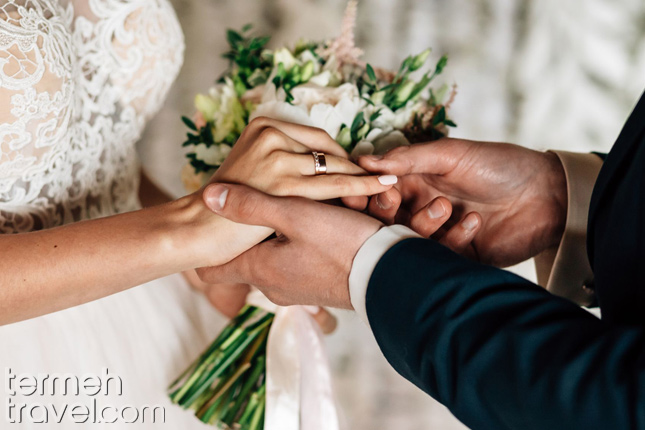
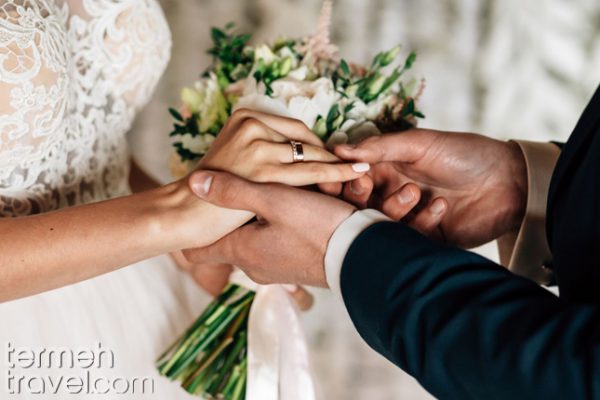


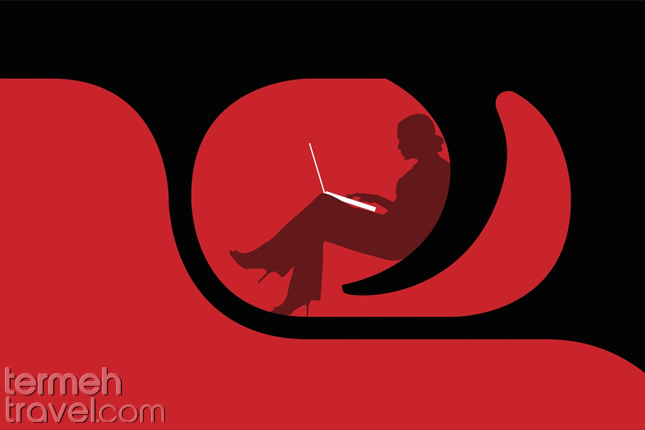

Leave a Comment